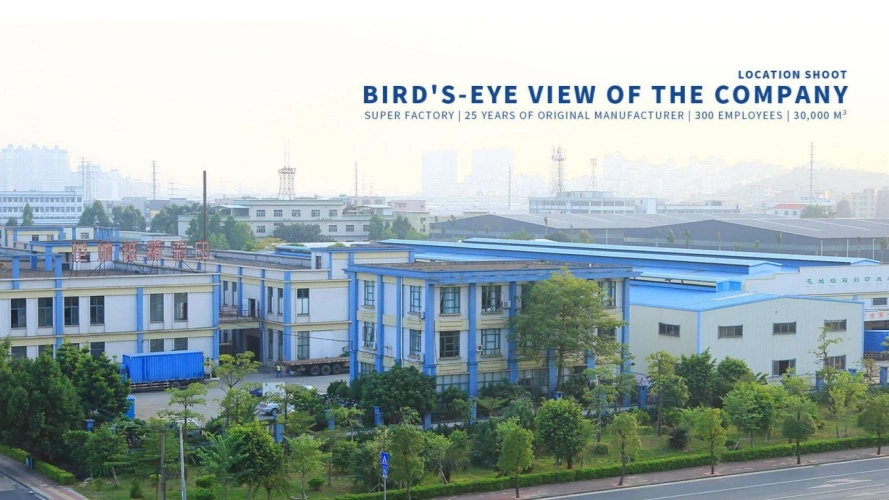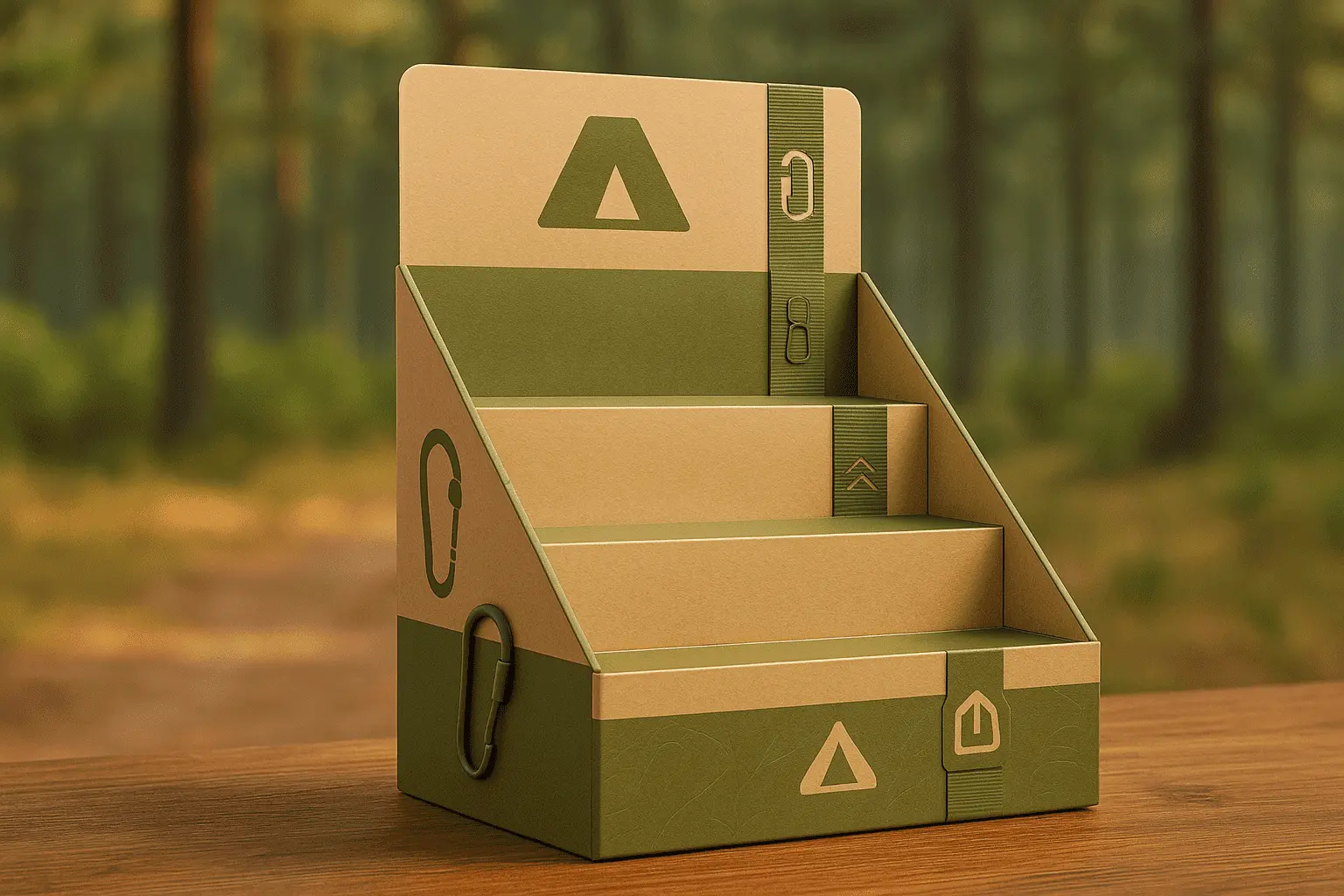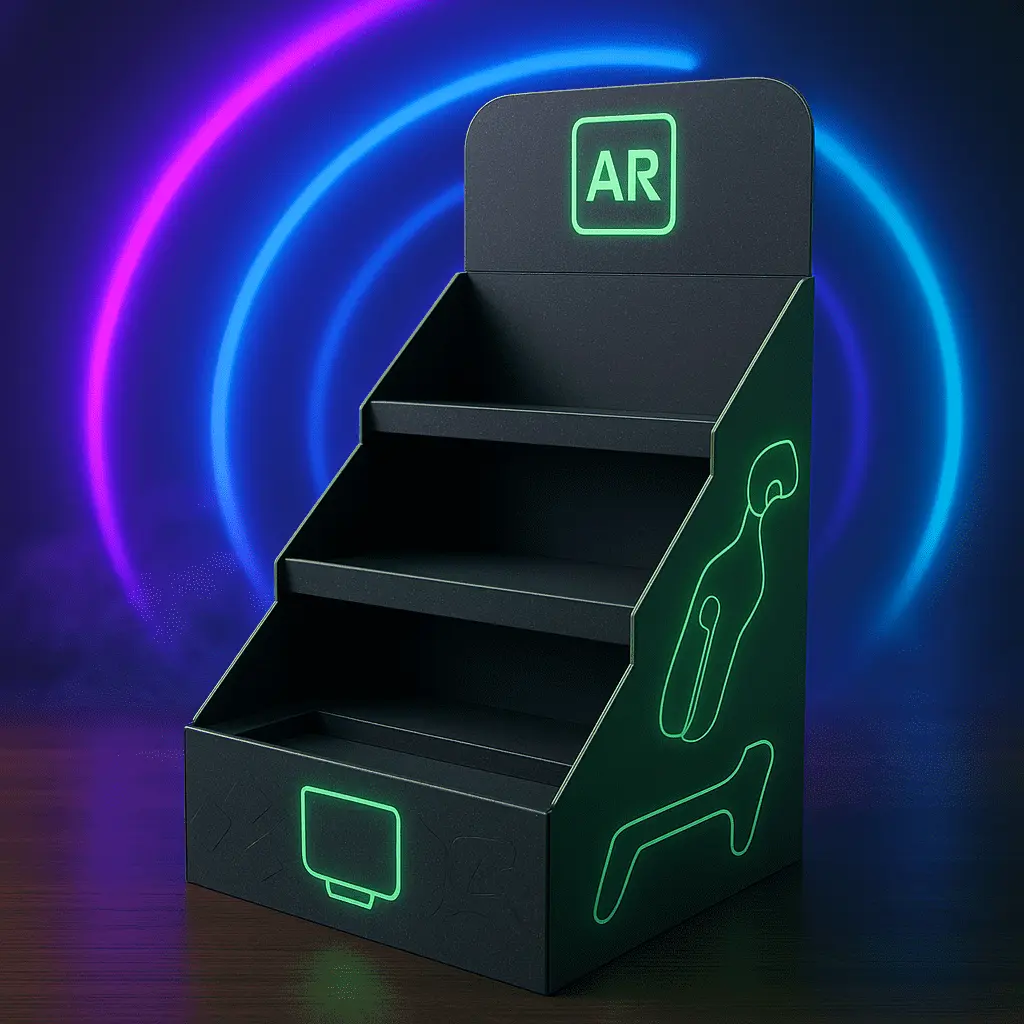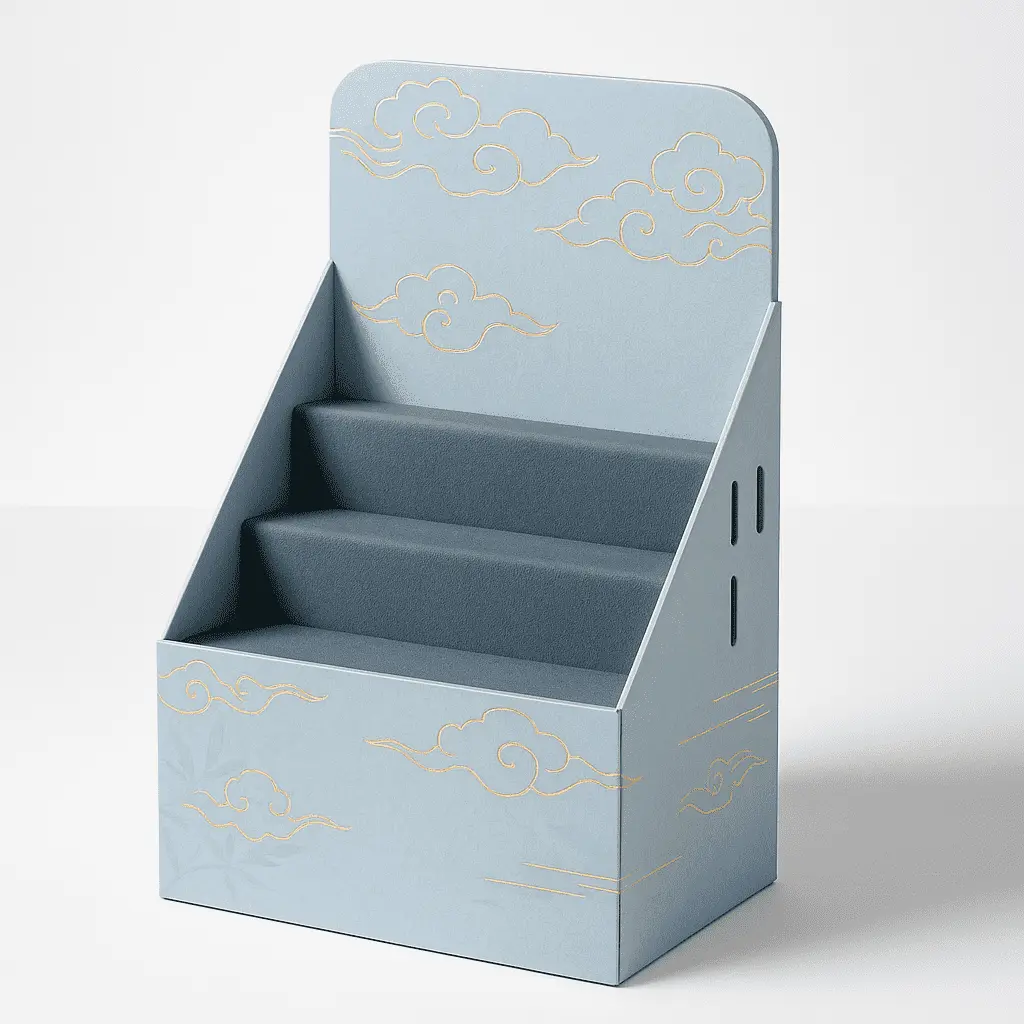The Evolution of Retail Packaging and Its Impact on Efficiency
Traditional Packaging Challenges in Retail
In the past, retail packaging posed numerous challenges for store operations. Unpacking individual items was time-consuming and labor-intensive, often leading to inefficiencies in shelf stocking. Products arrived in bulk containers, requiring staff to manually unpack, sort, and arrange items on shelves. This process not only consumed valuable time but also increased the likelihood of product damage during handling. Additionally, traditional packaging often resulted in cluttered stockrooms and inconsistent shelf presentations, making it difficult for customers to locate desired items.
The Emergence of Shelf-Ready Solutions
The advent of shelf-ready packaging marked a significant shift in retail logistics. This innovative approach introduced packaging designs that could transition seamlessly from transport to display. SRP solutions incorporated features like perforated edges for easy opening, sturdy construction for stacking, and clear product visibility. These advancements addressed many of the pain points associated with traditional packaging methods, offering a more streamlined approach to product handling and presentation.
Quantifying the Efficiency Gains
The implementation of shelf-ready packaging has yielded measurable improvements in retail efficiency. Studies have shown that SRP can reduce shelf-restocking time by up to 40%, allowing staff to allocate more time to customer service and other value-added activities. Moreover, the reduction in packaging waste and improved product protection have led to decreased shrinkage rates. Retailers have reported enhanced inventory accuracy and faster turnover of goods, contributing to improved overall store performance and profitability.
Key Features of Effective Shelf-Ready Packaging
Ergonomic Design for Easy Handling
Effective shelf-ready packaging prioritizes ergonomic design to facilitate efficient handling throughout the supply chain. This includes features such as reinforced corners for stacking stability, integrated handles for easy lifting, and optimized dimensions that align with standard shelf sizes. The ergonomic considerations extend to the packaging's weight distribution, ensuring that staff can safely and comfortably maneuver units during restocking. By reducing the physical strain on employees, SRP contributes to improved workplace safety and productivity.
Clear Product Visibility and Branding
A crucial aspect of shelf-ready packaging is its ability to enhance product visibility and brand recognition. Well-designed SRP incorporates large display windows or cut-out sections that showcase the product while still providing necessary protection. This feature allows customers to easily identify items and make informed purchasing decisions. Additionally, the packaging serves as a marketing tool, with ample space for brand logos, product information, and promotional messages. The integration of clear branding elements ensures that products stand out on crowded shelves, potentially increasing impulse purchases and brand loyalty.
Sustainable Materials and Recyclability
As environmental concerns become increasingly important to consumers and retailers alike, shelf-ready packaging has evolved to incorporate sustainable materials and recyclable designs. Many SRP solutions now utilize recycled content, biodegradable materials, or easily recyclable components. This shift towards eco-friendly packaging not only aligns with corporate sustainability goals but also appeals to environmentally conscious consumers. The use of mono-material designs, where the entire package is made from a single type of material, simplifies the recycling process and reduces waste. By prioritizing sustainability in SRP design, retailers can demonstrate their commitment to environmental stewardship while still reaping the efficiency benefits of shelf-ready solutions.
Implementing Shelf-Ready Packaging: Strategies for Success
Collaboration with Suppliers and Manufacturers
Successful implementation of shelf-ready packaging requires close collaboration between retailers, suppliers, and manufacturers. This partnership ensures that SRP solutions are tailored to specific product requirements and retail environments. Retailers should engage in open dialogue with their supply chain partners to communicate their needs, such as shelf dimensions, display preferences, and handling processes. Manufacturers can then develop customized SRP designs that optimize efficiency while maintaining product integrity. This collaborative approach often leads to innovative solutions that address unique challenges and maximize the benefits of shelf-ready packaging across diverse product categories.
Staff Training and Adaptation
Introducing shelf-ready packaging into retail operations necessitates comprehensive staff training and adaptation strategies. Employees must be educated on the proper handling, opening, and disposal of SRP units to fully leverage their efficiency benefits. Training programs should cover topics such as identifying different types of shelf-ready packaging, understanding opening mechanisms, and optimizing shelf arrangements. Additionally, retailers should consider adjusting their restocking procedures and inventory management systems to align with the unique characteristics of SRP. By investing in staff development and operational adjustments, retailers can ensure a smooth transition to shelf-ready packaging and maximize its potential for improving efficiency.
Continuous Improvement and Feedback Loop
The implementation of shelf-ready packaging should be viewed as an ongoing process of refinement and optimization. Retailers should establish mechanisms for gathering feedback from staff, customers, and suppliers regarding the performance of SRP solutions. This information can be used to identify areas for improvement, such as adjusting package sizes, modifying opening mechanisms, or enhancing product visibility. Regular analysis of key performance indicators, such as restocking times, sales data, and customer satisfaction metrics, can provide valuable insights into the effectiveness of shelf-ready packaging strategies. By maintaining a commitment to continuous improvement, retailers can adapt their SRP approach to evolving market demands and technological advancements, ensuring long-term efficiency gains and competitive advantage.
Conclusion
Shelf-ready packaging has emerged as a game-changer in retail efficiency, offering a multitude of benefits that extend beyond mere convenience. By streamlining the restocking process, enhancing product visibility, and contributing to sustainability efforts, SRP has become an indispensable tool for modern retailers. The successful implementation of shelf-ready packaging requires a holistic approach, involving collaboration with suppliers, staff training, and a commitment to continuous improvement. As the retail landscape continues to evolve, the role of innovative packaging solutions in driving operational efficiency and enhancing the customer experience will only grow in importance.
FAQs
1. What are the main advantages of shelf-ready packaging for retailers?
Shelf-ready packaging offers numerous benefits, including reduced restocking time, improved product visibility, decreased labor costs, and enhanced sustainability.
2. How does shelf-ready packaging impact the customer experience?
SRP improves product accessibility and visibility, making it easier for customers to find and select items, potentially leading to increased sales and customer satisfaction.
3. Can shelf-ready packaging be customized for different product types?
Yes, SRP can be tailored to accommodate various product sizes, shapes, and requirements, ensuring optimal efficiency across diverse retail categories.
Expert Shelf-Ready Packaging Solutions | Fetching Printing
At Fetching Printing, we specialize in creating custom shelf-ready packaging solutions that enhance retail efficiency and product visibility. Our experienced team of packaging engineers can design and manufacture SRP that meets your specific requirements, ensuring seamless integration with your retail operations. As a leading supplier and manufacturer in the packaging industry, we offer innovative, sustainable, and cost-effective shelf-ready packaging options. Contact us at support@fetchingprinting.com to explore how our expertise can revolutionize your retail packaging strategy.
References
Smith, J. (2022). The Impact of Shelf-Ready Packaging on Retail Operations. Journal of Retail Logistics, 15(3), 45-62.
Brown, A., & Johnson, M. (2021). Sustainable Packaging Solutions in Modern Retail. Environmental Packaging Review, 8(2), 112-128.
Thompson, R. (2023). Ergonomics in Retail: The Role of Shelf-Ready Packaging. Workplace Safety Quarterly, 19(1), 78-95.
Lee, S., & Garcia, C. (2022). Consumer Perceptions of Shelf-Ready Packaging: A Market Study. Journal of Consumer Behavior, 12(4), 201-218.
Wilson, D. (2021). Optimizing Supply Chain Efficiency Through Innovative Packaging Design. International Journal of Logistics Management, 17(2), 156-173.
Chen, Y., & Patel, R. (2023). The Evolution of Retail Packaging: From Traditional to Shelf-Ready Solutions. Retail Innovation Review, 9(3), 89-106.





